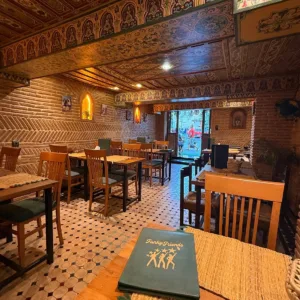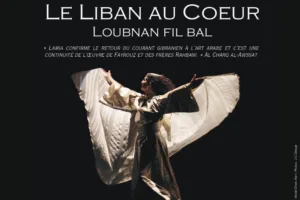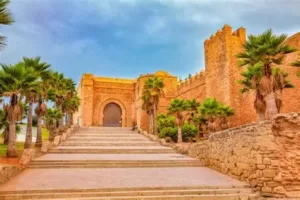When Spain opened the throne to applicants, Sultan Mohammed IV of Morocco made an unexpected bid.
Fez – In the long and often overlooked history of Moroccan-European relations, some events seem almost unbelievable.
One of the most fascinating among them is the time a Moroccan sultan officially put himself forward as a candidate for the throne of Spain.
The year was 1870. Spain had just overthrown Queen Isabella II following a major political uprising in 1868.
The monarchy had collapsed, the queen was exiled in France, and the country was governed by a provisional government facing one major challenge: no one wanted to be king.
The parliament refused to declare a republic, but no royal candidate seemed fit or willing to accept a drastically reduced monarchy, one with symbolic powers and little real authority.
In this unusual political vacuum, Spain did something unprecedented in European history: it opened applications for the role of monarch.
The only condition was that no one from the Bourbon dynasty “Isabella’s family” would be considered. Several royal candidates from across Europe submitted proposals.
Among them was one that surprised everyone in Madrid: Sultan Mohammed IV of Morocco, also known as Sidi Mohammed ben Abd al-Rahman, submitted a formal request to become King of Spain.
The Moroccan sultan came forward with a clear and symbolic vision: to unite both sides of the Strait of Gibraltar under one rule.
He argued that history supported this idea. After all, North African rulers had once governed large parts of Spain.
The most famous example was Yusuf ibn Tashfin, founder of the Almoravid dynasty. In his proposal, the sultan suggested that a shared monarchy would bring peace between the two regions, something sorely needed after the bloody Hispano-Moroccan War of 1859–1860.
But the Spanish government, though intrigued, quickly rejected the idea. Religion was the first and strongest obstacle: Spain was a Catholic country, and the thought of a Muslim sultan as king was politically unthinkable.
Additionally, no candidate could legally hold two thrones at once. The Spanish military elite, still viewing Morocco as a potential colonial target, strongly opposed the proposal.
In the end, Spain chose an Italian prince, Amadeo of Savoy, who became king in 1871.
But he resigned only two years later, unable to manage Spain’s deep political divisions. The monarchy was eventually restored under the Bourbon family with King Alfonso XII.
Ironically, just four decades after Sultan Mohammed IV’s rejected candidacy, Morocco itself fell under colonial rule.
In 1912, France and Spain divided control over the country. Spain governed the north, including the Rif region, while France took the larger central and southern areas.
The descendants of the sultan who once dreamed of ruling Spain now lived under its rule.
This episode, now forgotten by many, reveals the complexity of Mediterranean history, full of shared ambitions, rivalries, and cultural entanglements. It reminds us that the idea of uniting both sides of the Strait of Gibraltar, politically, culturally, or economically, has deep roots.
Read also: Professor Mohamed Hilout and the Astrolabe’s Quiet Revolution
















